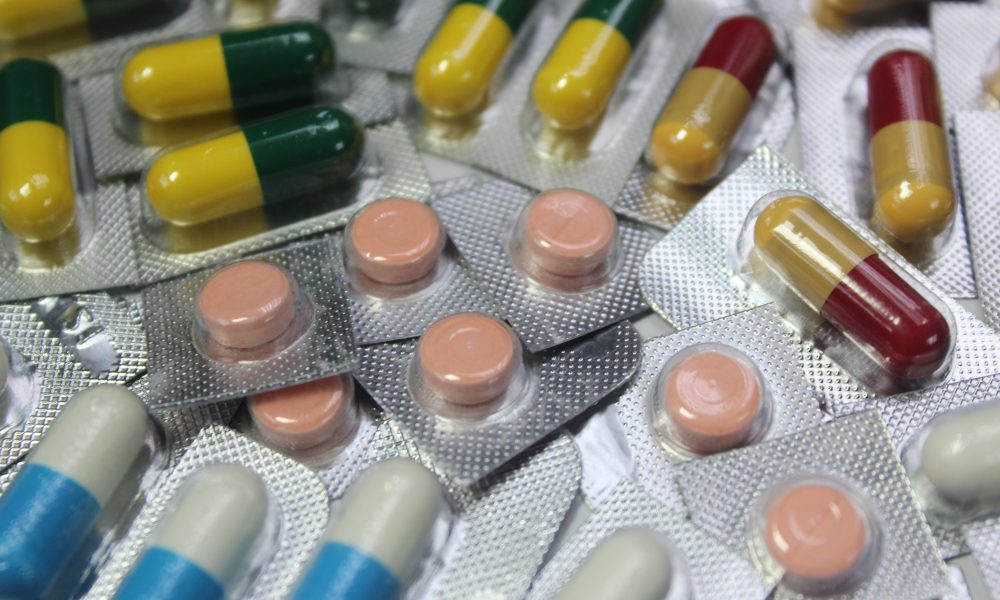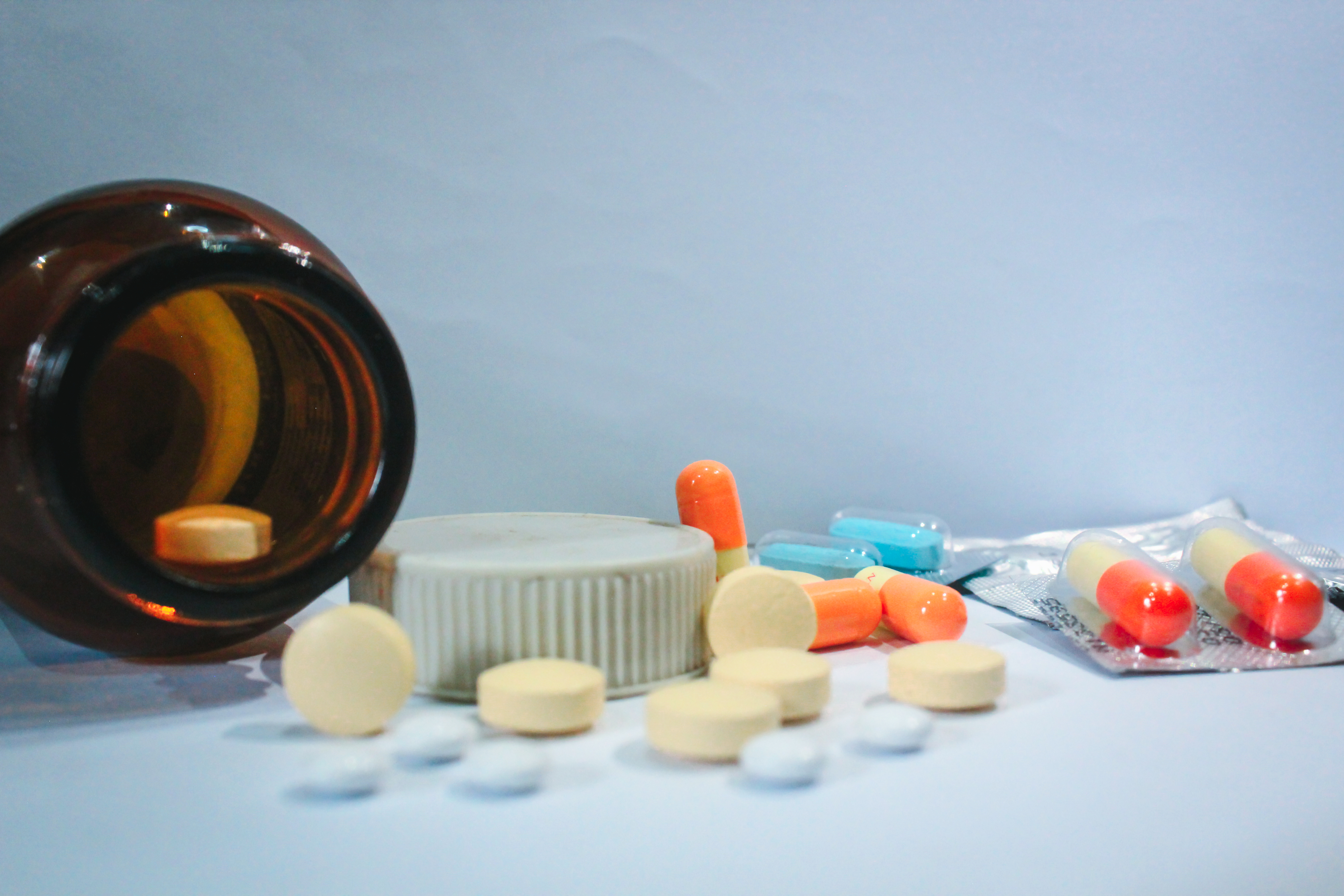Home > Blog > Health
Why You Need a Prescription for Antibiotics

When you buy antibiotics, the pharmacist will always ask for a doctor’s prescription. Have you ever wondered why?
Antibiotics fight bacterial infections, and can therefore save patients suffering from illnesses, such as pneumonia and urinary tract infections.
Selman Waksman, the microbiologist who discovered streptomycin, first used the word “antibiotic” In the medical sense in 1943. The term antibiotics literally means “against life”—in this case, against microbes. In 1928, Alexander Fleming, a bacteriologist, discovered penicillin, the first antibiotic medicine. In 1941, penicillin was used to treat dying soldiers due to blood poisoning.
According to Dr. Genaro Baldemor, a General Practitioner in Mt. Hermont Medical Clinic in Pasig City, the abuse of antibiotics is the main reason why we cannot purchase them over the counter. “People use it repeatedly because it is very effective. But little they do know is that bacteria can adapt to the medicine and create their own antibiotic resistance.”

Antibiotic resistance is the ability of the bacteria to defeat the drugs designed to kill them. In this case, the bacteria will continue to multiply, unharmed. “If the antibiotic resistance occurs, stronger antibiotics are needed to kill the bacteria,” Baldemor explained. “Stronger antibiotics are expensive.” But expense is not the only concern. An example of strong antibiotics is fluoroquinolones, commonly used to treat urinary and respiratory infections. In 2013, the Food and Drug Administration revealed that this drug may lead to permanent nerve damage.
Multi-Drug-Resistant Tuberculosis (MDR-TB) is a disease resistant to isoniazid and rifampacin, two of the most powerful drugs against tuberculosis. According to the World Health organization, MDR-TB have become widespread, not only because of person-to-person transmission, but also because of patients failing to properly treat tuberculosis in the first place. If a TB patient doesn’t strictly follow the doctor’s six-month prescription, drug resistance may occur.
Baldemor adds from his own experience, “For example, I told them [patients] that they should take antibiotics for seven days, but if they felt better after three days, they stop taking it, believing that they are already cured. This results in the bacteria becoming drug resistant. They multiply again and cannot be cured using the previous antibiotic.”
In 2015, the US government created a National Action Plan for Combatting Antibiotic Resistance. Its recommendations included scientists stepping up to develop new antibiotics and vaccines, as well as diagnostic tests to identify drug-resistant bacteria. Public health officials were tasked to monitor antibiotic resistance and track its spread, while doctors were told to stop unnecessary antibiotic use and develop safer practices in hospitals and clinics. Farmers were also urged to refrain from giving animals antibiotics needed to treat diseases in people.
But Baldemor states there is a better way to avoid drug immunity. “We should take care of ourselves and heighten our immune system. Our body has natural antibodies that fight off bacteria and viruses. People with low immune systems are the ones stricken with diseases. Eat fruits and healthy food. Our antibodies are still the best defense mechanism against diseases.”
By: Jieno C. Dichoson, Panahon.TV Intern

